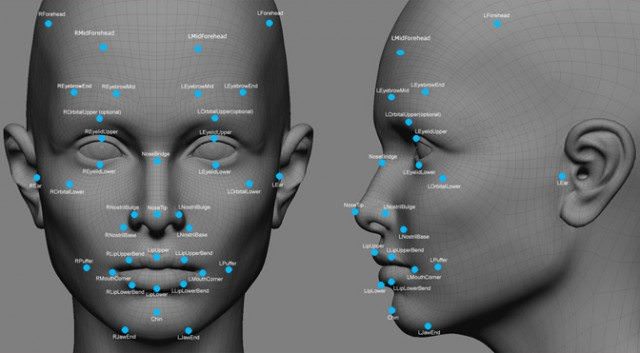Apple’s upcoming iPhone 8, or whatever they will call it, has been in the news a lot lately. Reports suggest that the company has had trouble getting Touch ID on the glass screen to work and instead may be moving to using the camera for ID and eye scans to replace the using a fingerprint for Touch ID.
I hope this is true because this is by far the easiest and, what I consider the best way, to authenticate a person when accessing their iPhone. Samsung has this feature on the new Samsung 8S, and it is a dream to use instead of the fingerprint reader on the back that is very awkward.
I have recently been using the newest version of Windows 10’s Hello feature that gives a person the option of using face scanning technology to open their PC’s or laptops or a numerical code instead.
While I have entered a numerical code as a back up for access, I authorized it to scan my face and use face recognition as the primary means to allow me to secure access to the three Windows laptops I use at any given time. What is interesting to me is how seamless and fast this type of access delivers and reminds me of the days when I opened up a laptop to start working albeit without any form of access security.
That is the real objective of using face scanning as a password and makes the process so easy that a person hardly even knows they are on a protected device. While using a thumbprint or even a password is not a big obstacle in accessing a secure device, it still adds at least one or two steps to the sign in process as opposed to what is delivered by a secure face or eye scan.
Historically I go back to the earliest days when fingerprint readers were being evaluated for use in PC’s and especially laptops. Over time many of the PC vendors, especially Lenovo, added the fingerprint scanner/reader to some of their laptops and it became a design feature that all laptop makers either considered or implemented in at least some models. However, the uptake or use of these fingerprint readers were slow to be adopted, and even today, less than 50% of people even use them for secure access and defer to log in passwords or numerical codes instead.
But I see Face recognition and eye scanning for secure login as being the next really big technology that will adopt en masse and should Apple add this feature to the newest iPhone models, its adoption rate across all devices will accelerate.
In fact, Interest in eye and face scanning for secure login is on the rise from many of the big companies. EyeVerify, whose investors include Sprint and Wells Fargo that participated in a $6 million round, suggests that eye authentication is now of real interest to both telcos and banks. EyeVerify was recently acquired for reportedly $100M in cash by Alibaba’s payments arm, Ant Financial, to increase user trust and safety in financial transactions.
But Face recognition and eye scanning have much broader uses as well. Walmart is testing facial recognition technology in its stores, aimed at improving the customer experience (CX) by better understanding and responding to in-store customer sentiment. And if you are a fan of CSI or many of the spy thrillers in the movie theaters you know that eye scanning is used all the time to let people get into highly secure areas.
Although Samsung and Microsoft have been using eye scanning for secure access for some time, Apple doing so would move this into the much broader mainstream market. Given Apple’s customer reach and impact, it would make eye scanning a much more important means for people to use to open their secure iPhones and perhaps some day very soon, the iPads and Mac’s too.

Greetings! Very helpful advice in this particular article! It is the little changes which will make the most important changes. Thanks a lot for sharing!